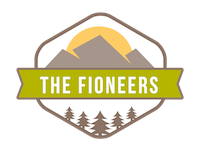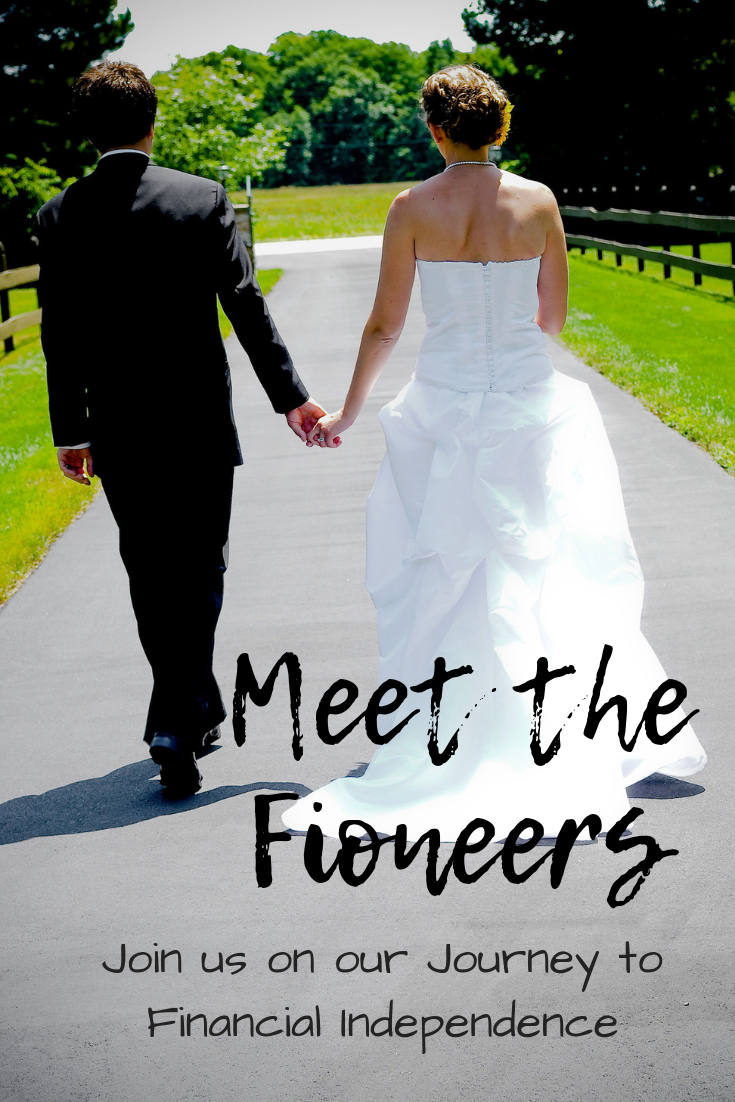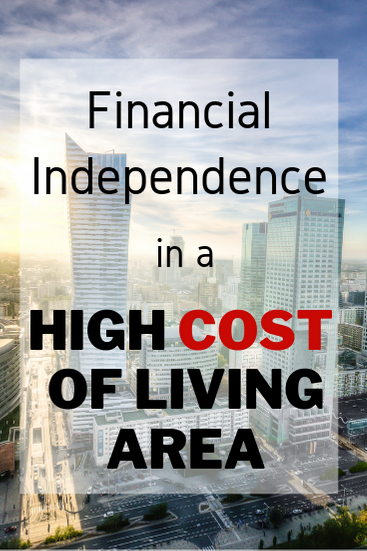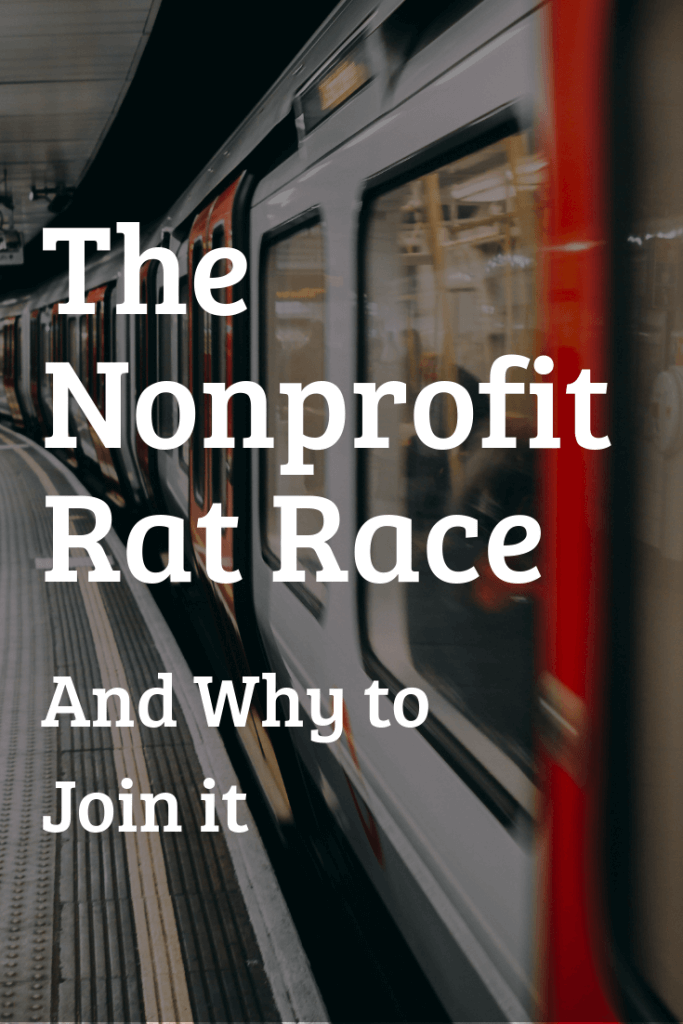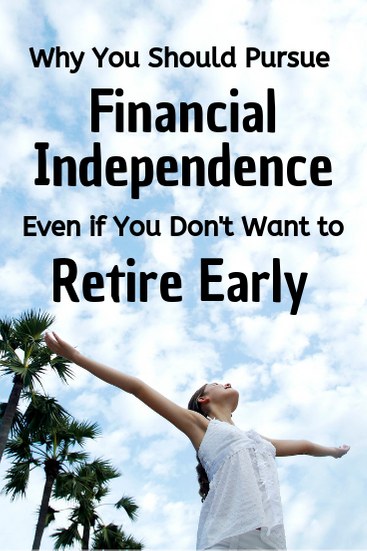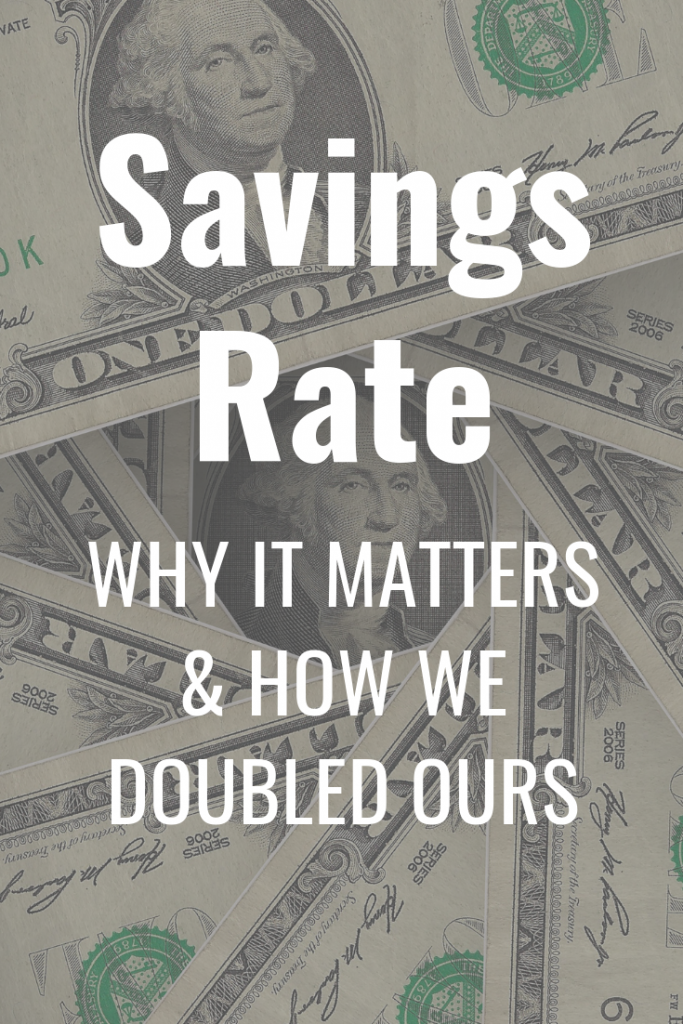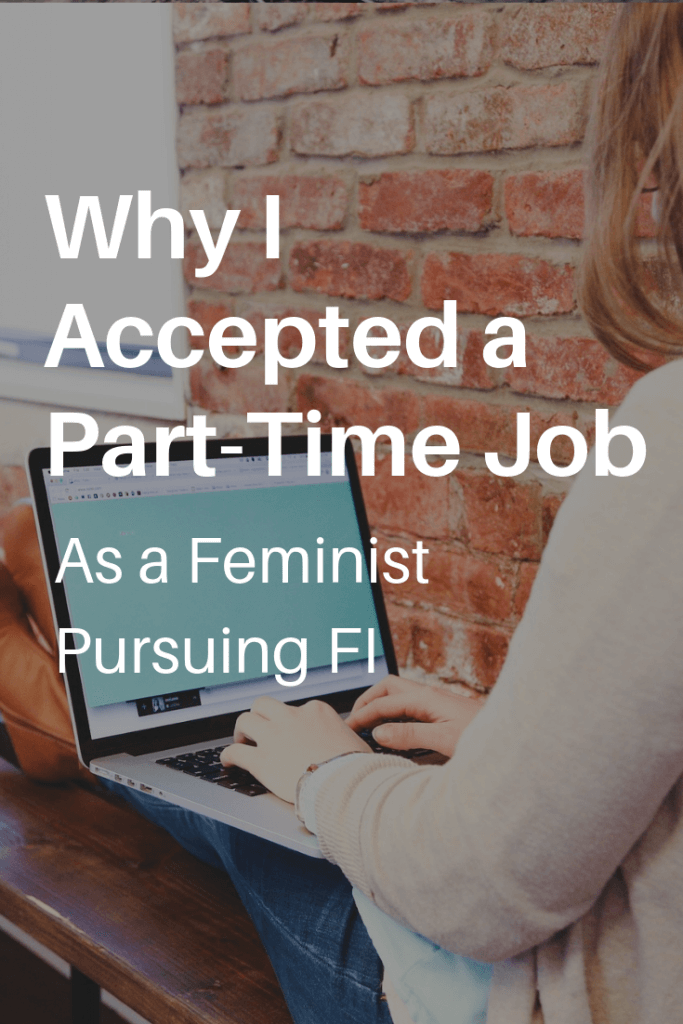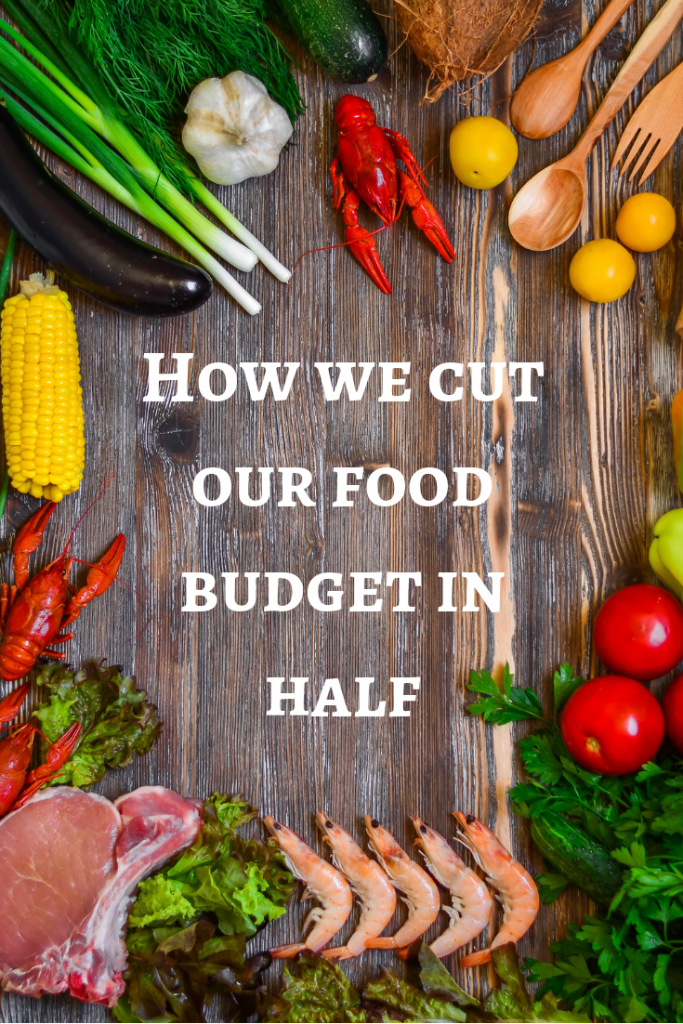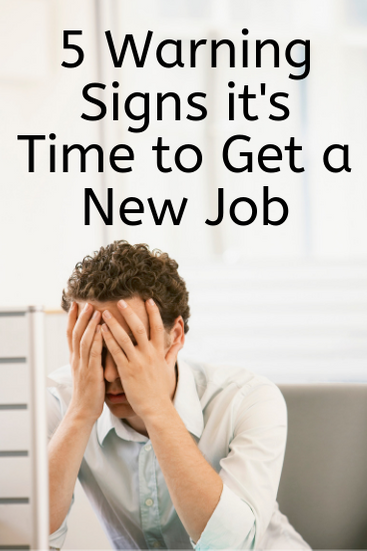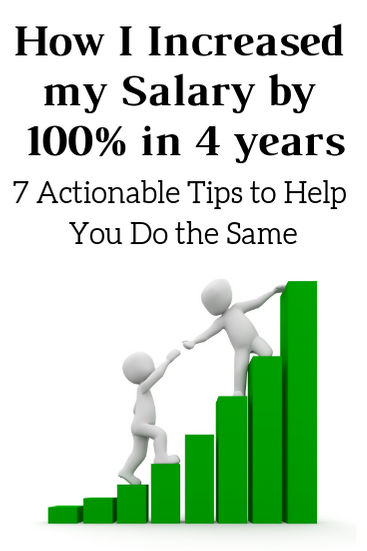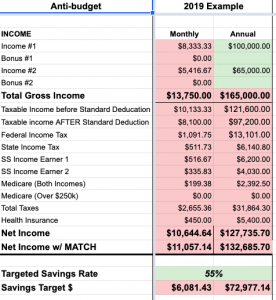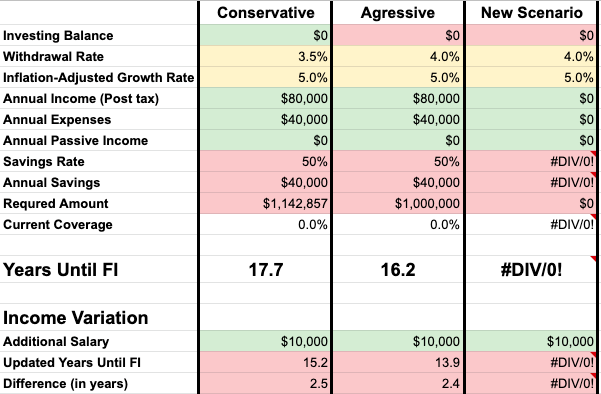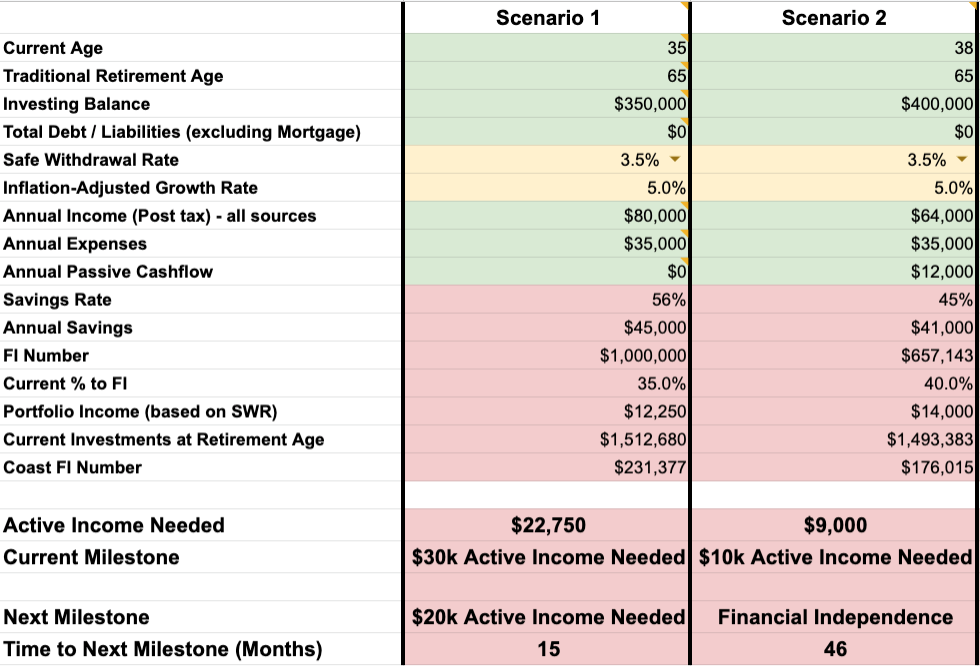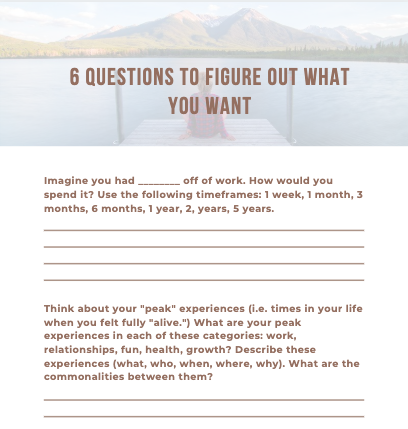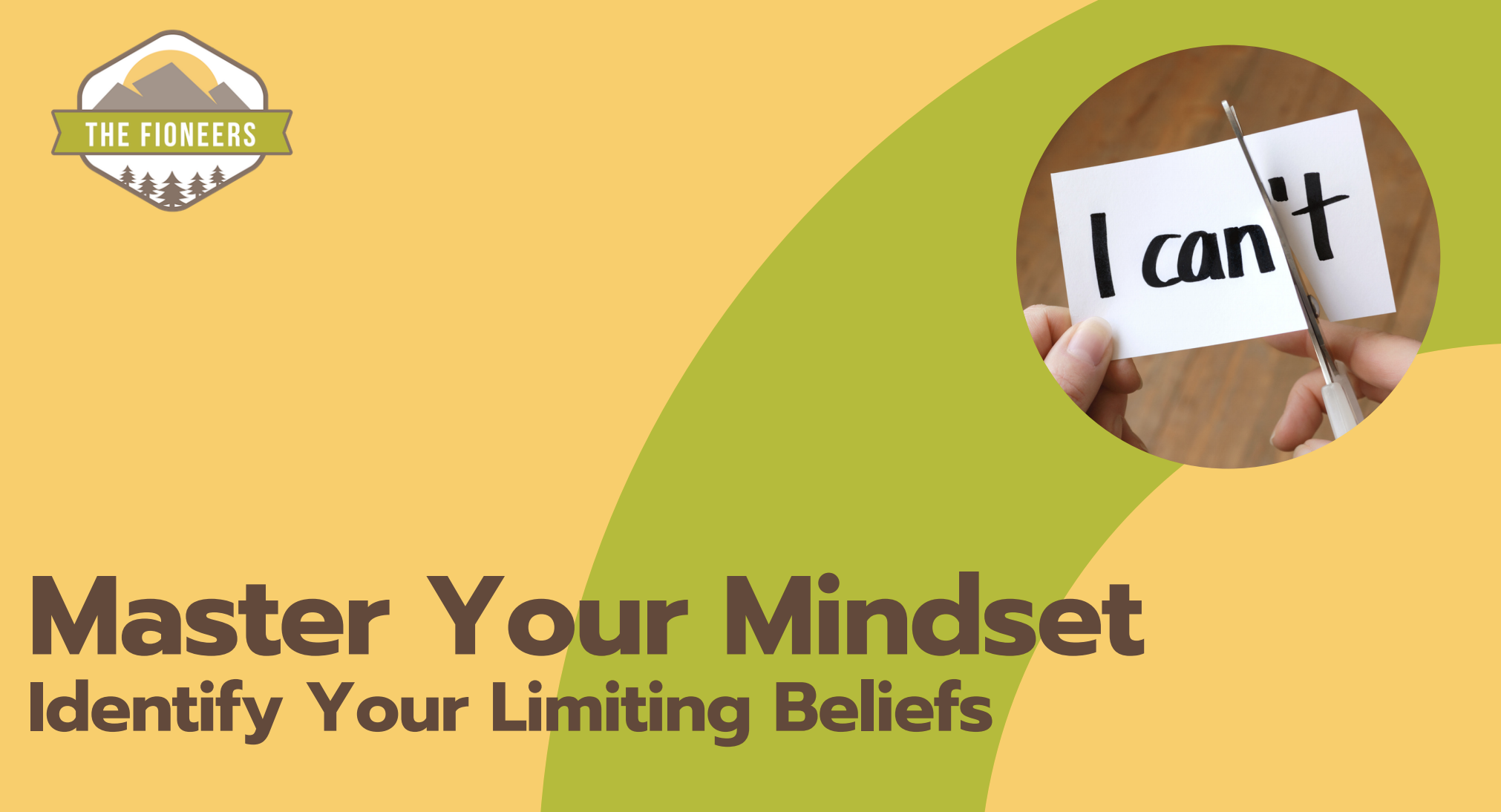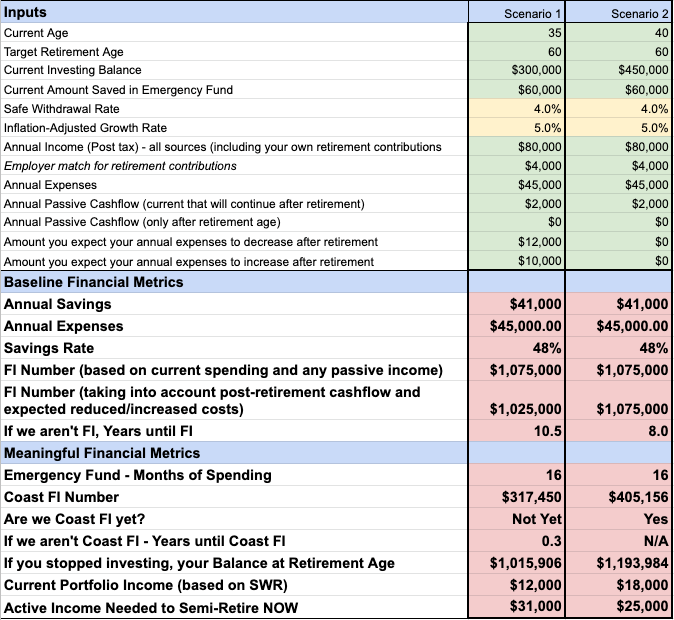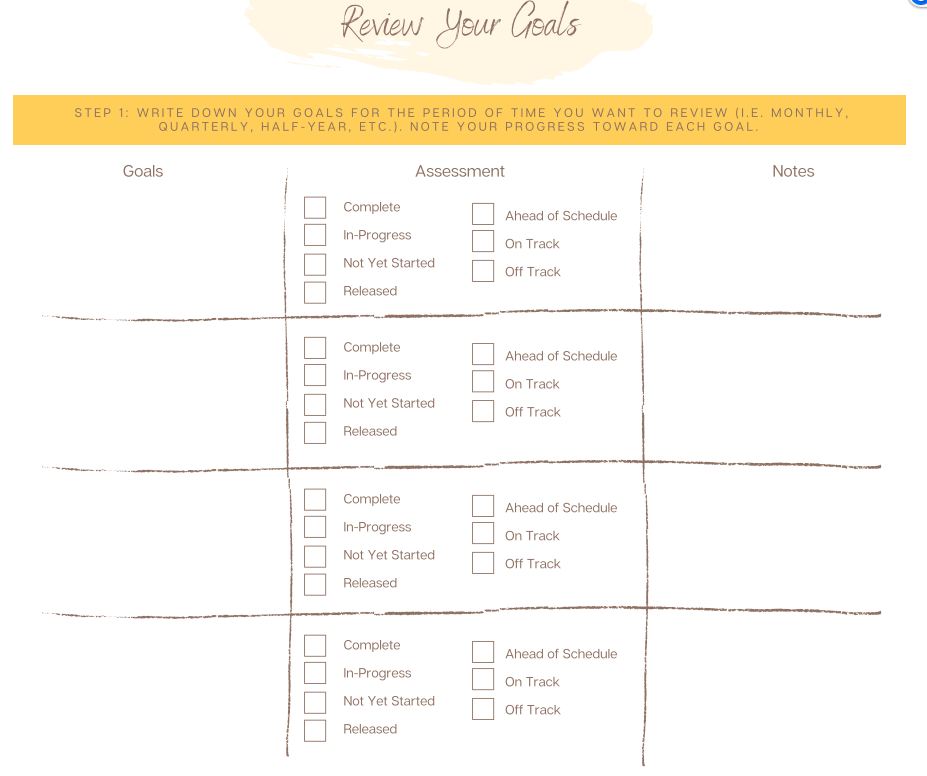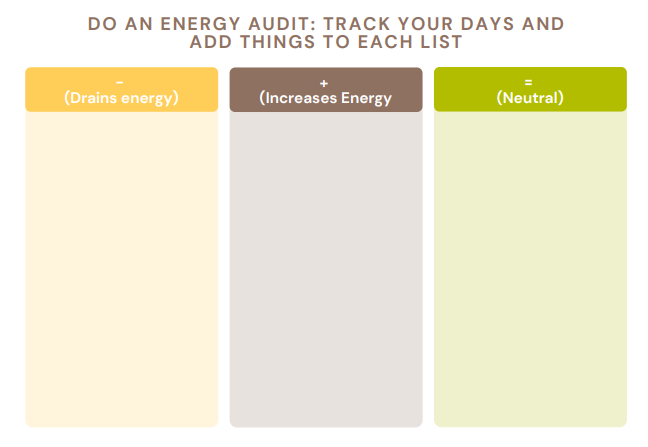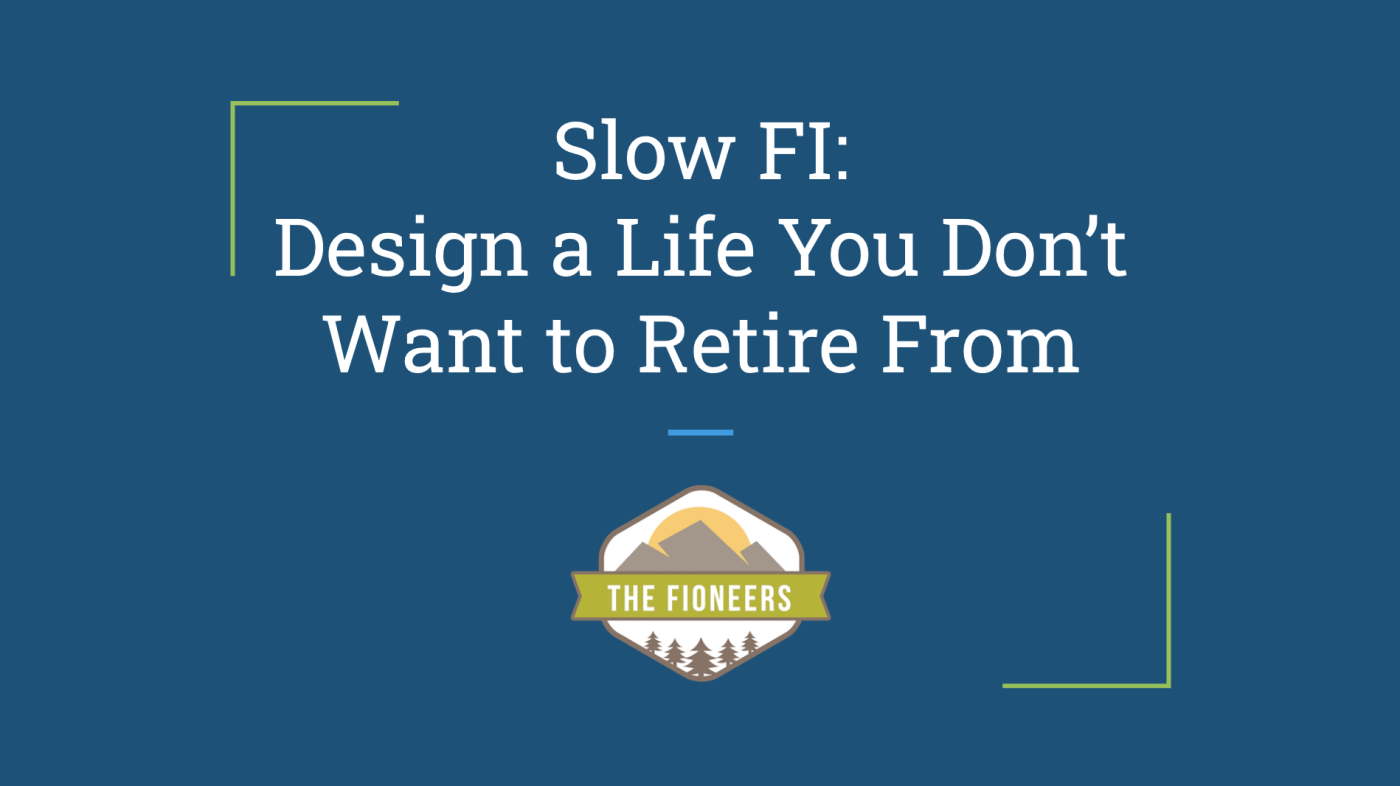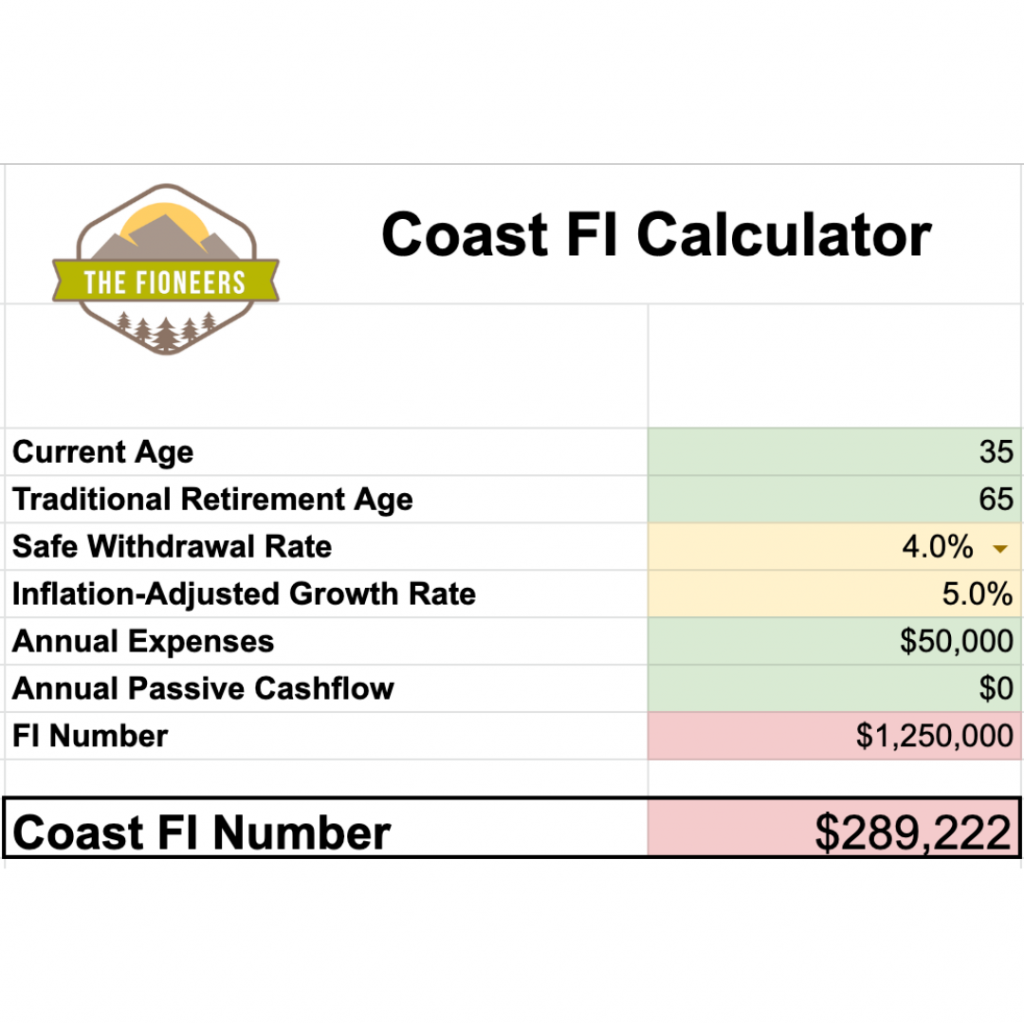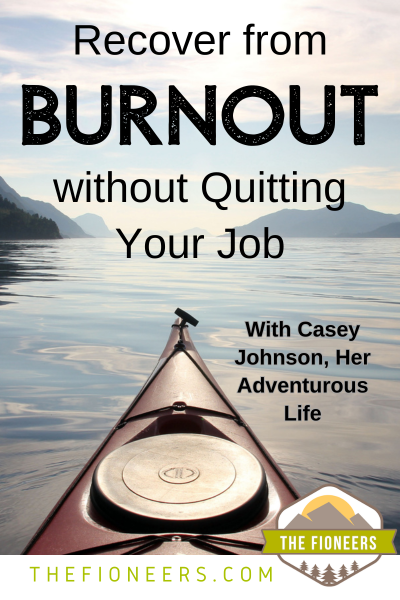
I think there’s a mistaken assumption that to design the life you want, you have to take a bunch of extreme actions to transform your life overnight. When many people think of “lifestyle design,” they think you have to quit your job, start your own business, become a digital nomad, or do some equally out-there thing.
While you could do any of these things, they are not required on this path to design the life you want. This was true for Casey, an Emergency Veterinarian who, just two years ago, was experiencing severe burnout.
Over the last two years, Casey has made many consistent, small changes, none of which include quitting her job or starting a business. These changes, which I’ll let you read in her own words, have added up to dramatic life changes.
I hope Casey’s story inspires you to take action—no matter how small—to improve your life today. Let’s dive in.
1. Tell me a little bit about you.
I am an avid outdoorswoman and adventurer! You can usually find me outside walking my dogs or hiking a local trail in the beautiful Pacific Northwest. I like to think of myself as a multi-sport outdoorswoman (I can’t seem to stick with just one activity!).
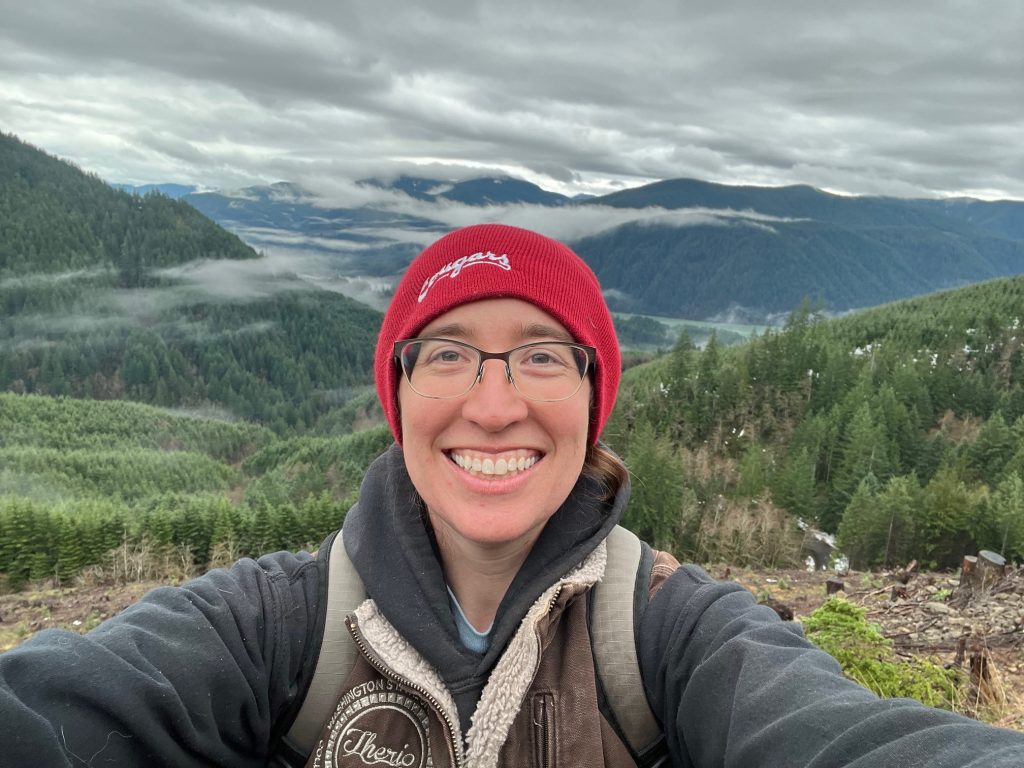
When not with the dogs, I love to ride my horse through the mountains and in the arena. My husband and I go rock climbing weekly. Recently, I have been learning how to scuba dive and am dipping my toe into whitewater kayaking. I love the flow state that these activities put me into, with the bonus of getting to enjoy nature.
I have a menagerie of animals on the little farm my husband and I call home. We have two of the best labrador retrievers in the world and four of the sweetest cats. We have two horses, two donkeys, two sheep, and a multitude of chickens. Our home is my happy place.
For work, I am an emergency veterinarian. It is a constantly changing, fast-paced job. Although it can be a very rewarding career, it is not without some significant challenges.
2. Two years ago, you were completely burned out from your job. Tell us about the changes you’ve made to enjoy your job (and life) again.
In 2022, I found myself feeling very burnt out. Being an emergency veterinarian means working long shifts (generally 12+ hours) in an intense environment. I am often dealing with emotional clients and very sick pets. Compassion fatigue, which is characterized by exhaustion and apathy from repeated exposure to stress and trauma, is prevalent in the field.
Additionally, support staff have low salaries and experience high rates of turnover. This translates to emergency hospitals being short-staffed, and there are more pets in need of care than we can realistically help. All of these things, plus high student loan burdens contribute to a high rate of suicide and burnout among veterinarians.
In addition to the issues that impact all emergency veterinarians, I was also working a variable schedule with little advanced planning. The day of the week and the timing of the shift varied; I would work a variety of day, swing, and night shifts. This meant that I was unable to make plans outside of work in advance due to this schedule.
Moreover, during the pandemic, rather than slowing down, veterinary medicine was actually busier. More people adopted pets and had disposable income available to spend on them. The industry was backlogged and ERs were slammed.
All this to say, I was exhausted. The day after a set of shifts, I would spend immobile on the couch, unable to gather the energy to go do the things that brought me joy. Hanging out with friends felt like a chore; I had used all my social capital during my work week. When it was time to go back to work, I would sit in the parking lot, trying to convince myself to go back inside the building. This wasn’t me.
I found the Fioneers and joined the Design a Life You Love program in early 2023. Through the program and the supportive community I built through it, I realized I needed to make some changes.
Fortunately, I had a contract renewal coming up. Typically, when we talk about contract negotiations, I think of asking for a raise. This time, I decided to ask for something different.
I asked for:
- A set schedule where I only work on weekdays, Tuesday through Friday.
- More paid time off (PTO)
- The entire month of December off for a mini-sabbatical.
I came prepared for the conversation. I requested a meeting with my boss, completed a self-evaluation and performance review, and listed out my requests. Most importantly, I advocated for myself.
All of my requests were approved. This was amazing to me because just a few months prior I didn’t even realize I could ask for those things.
3. How have these shifts impacted your happiness and quality of life?
These changes have impacted my life both logistically in the short term, but also in how I plan to approach work in the future.
First, with a set schedule, I can actually plan my life. I know in advance when I can get together with friends or schedule a dentist appointment. There is such relief in having some stability to plan for the immediate future. Having the weekends free has allowed me to actually see my husband and plan trips with him. I miss far fewer birthdays and family events now.
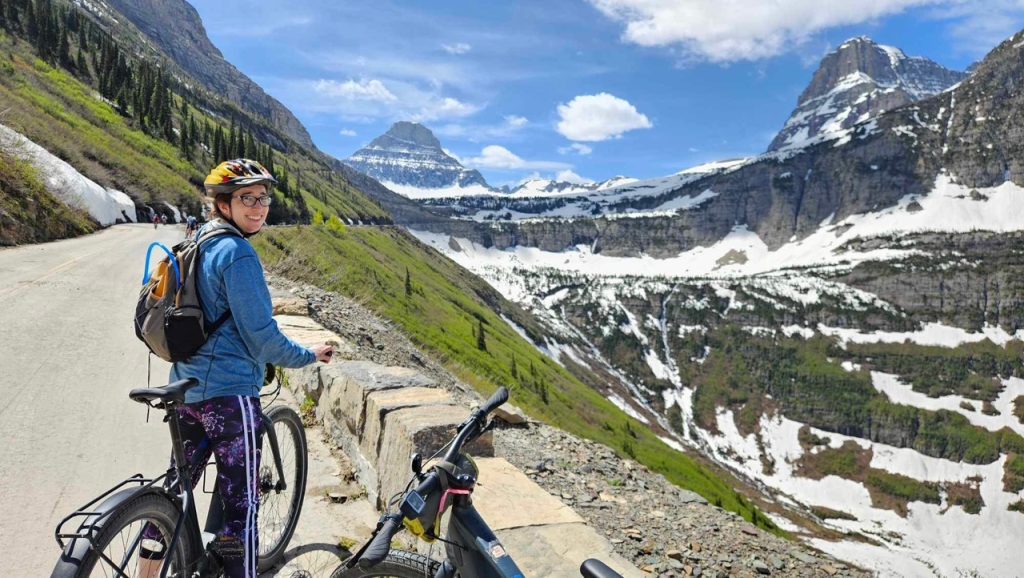
With the extra PTO, I am working to intentionally use it. I have taken the time to map out the next year including vacations, weddings, etc. It’s been helpful to plan out and schedule how I am going to use all of my PTO.
I still have to work through the scarcity mindset that comes with missing days of work. I know it’s a limiting belief that when I take time off, I am a less committed employee or that I am letting my colleagues down. I have to remind myself that I cannot pour from an empty cup. I need the time off to recharge and to be a human outside of my work. My work is part of who I am, not the whole. I want to fit work around my life- not the other way around!
And my month off – mini-sabbatical – was amazing. I took the time to slow down in my daily routine- spend an hour drinking coffee and cuddling with the dogs in the morning, work out each day, and try out some meditation. I planned a weekend trip with friends, scheduled board game nights, and actually enjoyed being social because I had the energy for it.
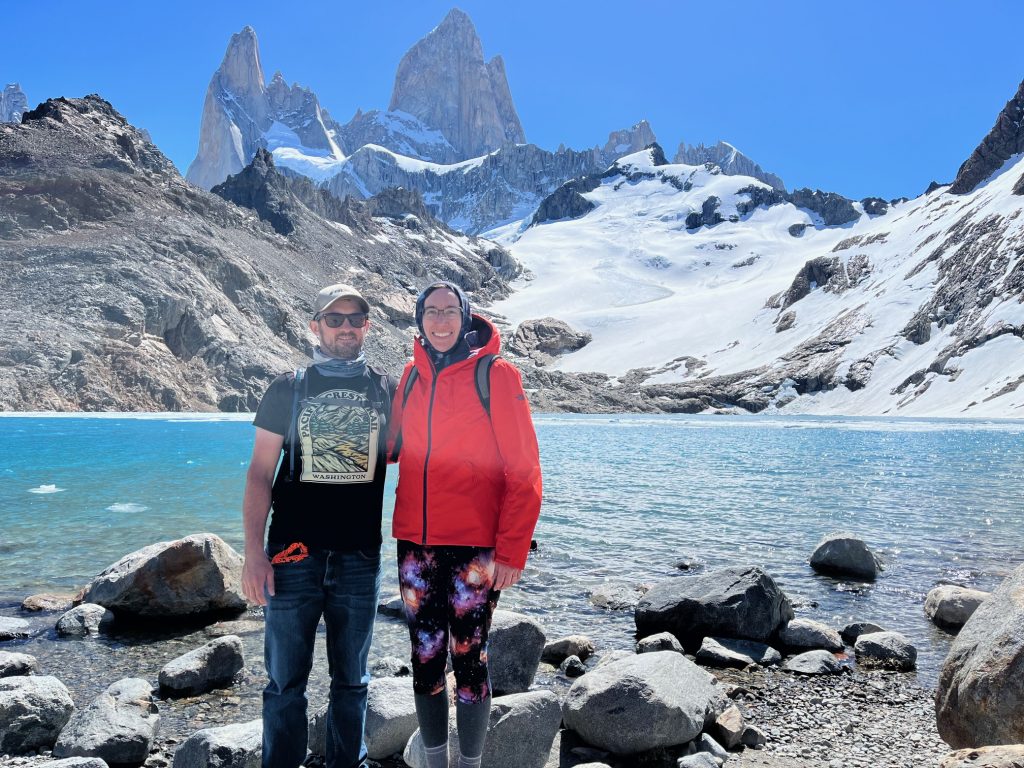
I also made a dream vacation happen. With my husband, my brother, and his fiancee, we traveled to Argentina and went hiking in Patagonia! The adventure and the glacier-filled mountains rejuvenated me. I haven’t had that much time off work since summers in school. Even though I was doing lots of activities, I didn’t feel busy or overwhelmed.
The time actually gave me the space to think and reflect. Who was I outside of work? What did I enjoy doing and who did I want to spend my days with? What were my values and what really mattered? These were all questions I had been tackling throughout the Design a Life You Love program, and I was ready to dive even deeper. I did a lot of journaling during that month.
Bigger picture, I now know I can ask for what I need at work. It doesn’t need to be an all-or-nothing scenario. When I was feeling the height of burnout, I thought the only solution would be quitting or switching careers. This negotiation taught me that there can be a lot of middle ground. I now feel empowered to keep making adjustments at work, so I can continue working towards my ideal life.
4. How did these changes impact your financial goals or timelines?
These changes at work really didn’t affect my financial timeline. I’m still working a similar number of hours, but the schedule works for me. I am still on the path towards FI and gaining more financial freedom.
At the same time, I know I want to enjoy my path towards financial independence, not suffer through it. Now that I know that I can ask for things, I am considering alternatives such as part-time work. If I pursue that, it will slow our financial accumulation, but that’s okay. The point for me is not to get there as fast as possible anyway.
5. What enabled you to make these changes?
Participating in Design a Life You Love was instrumental in helping me envision what I wanted and build the confidence to ask for these things. American society places a lot of emphasis on the hustle culture and holds productivity up as the gold standard. Until I met people who were doing things differently, I didn’t know that alternate paths existed. A community of like-minded people allowed me to work through my fears and limiting beliefs. And encouraged me to dream big.
Additionally, we did have some financial buffer, which gave me the courage to ask. If my boss had said no to all my requests, I knew I could walk away and do something different. I wasn’t FI and able to retire, but I had enough F-You Money that I felt I had some choice in the matter.
6. Why and when do you think someone might consider making a similar change?
We get one wild, beautiful life to live. Anytime we find ourselves on a path that is not in alignment with our values, change is a valid option. Of note, the change doesn’t have to be life-altering. I didn’t quit my job, sell all my possessions, and move across the world. I just made incremental changes in my life to better align it with what I actually wanted and what I needed.
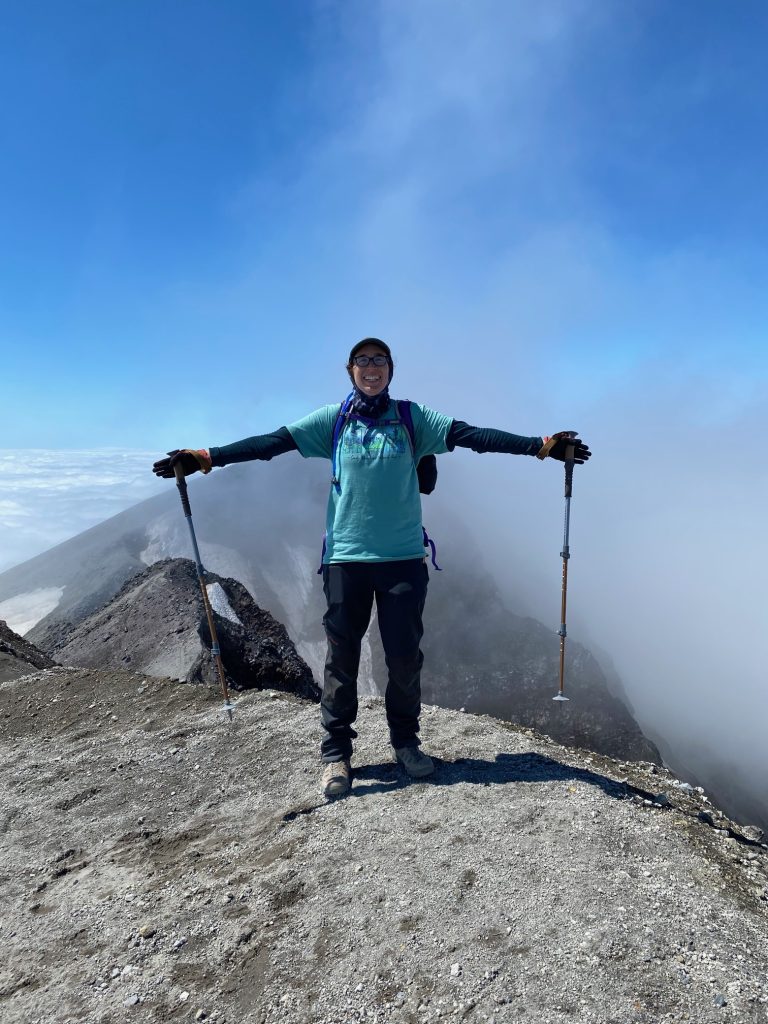
I also planned for it. I talked it out with my Design a Life You Love cohort. I worked through fears. I made sure we were financially secure, and then I did my homework before my negotiation meeting.
I encourage anyone who is feeling burnt out or even just like they want something different to start taking action, even if just one small step at a time.
7. What advice do you have for someone considering a similar decision?
The biggest piece of learning for me is that work doesn’t have to be all or nothing. Just because I was struggling, that didn’t mean I needed to quit my job. Often, we can ask for what we need and at least some change will come of it.
My advice is to find a group of like-minded people and ask for help brainstorming. Likely they will see options you hadn’t even considered. In what ways can you make work work for you? Try to avoid an all-or-nothing mindset.
8. How will you continue to design your life moving forward?
I love the life design process because it is never-ending! The last year and a half has been significantly improved since negotiating my schedule and taking some time off. I have turned my focus to adding fun and play into my daily routine. Even if that means 5 minutes of playing fetch with the dogs before a shift, I now make play a priority.
I have also experimented with trying one new activity each month (which led to trying out acupuncture, zip lining, submitting cookies at the county fair, several new restaurants and just a general attitude of saying yes more often).
Moving forward, there are several things I want to explore. I would love to take a longer chunk of time off to do more traveling. I am considering part-time work in the coming years.
I also feel called to explore how to bring more women into the outdoor space. I’m not sure yet what this will look like and I am going to experiment with several options (maybe become a scuba instructor or whitewater kayak guide seasonally? Join an outdoor school?). One thing I did recently was start a Substack newsletter – Her Adventurous Life – to motivate and empower women to live adventurous lives – get outside, participate in the sciences, run a business, and just generally chase their dreams.
The beautiful thing about life design is using small experiments to gather data to inform decisions moving forward. I am going to use this method to try some options and see what might be next.
9. If anyone wants to stay in touch and follow your journey, where can they find you?
I’d love to connect if you have questions about my journey or ideas about educating and empowering women in the outdoor industry! You can find or subscribe to my Substack Newsletter – Her Adventurous Life.
I’ll also be speaking at the Fioneers’ 2025 Slow FI Retreat in Lake Tahoe. For everyone attending, I’m excited to see you there.
Thank you so much, Casey, for sharing your story with us!
Casey’s story reminds us that life isn’t an all-or-nothing proposition. Originally, Casey thought that she’d have to quit her job to get her life back and recover from burnout. Instead, she created a vision of what she wanted life to look like, built a community that provided her with new ideas and built the confidence to negotiate small shifts right away.
These shifts – a set schedule, more time off, and a month-long mini-sabbatical – gave her the time and space to recover from burnout and to focus on what matters most to her. Because of it, she’s had the opportunity to explore her hobbies and passions, including scuba diving, whitewater kayaking, climbing, and traveling to Patagonia. Plus, she’s taking everything she’s learned to help inspire other adventurous women.
I know I’m incredibly inspired to see how much Casey’s life has changed in just two years! Casey’s job is no longer the center of her universe. Instead, her job WORKS for her. I can’t wait to see what small shifts (and ultimately big changes) Casey makes in the next two years.
If you are feeling like Casey did two years ago – burned out, unhappy with your career, but unsure of where to go from here, I’d encourage you to consider Design a Life You Love. It’s a dynamic, four-month group coaching program that combines expert support, proven strategies, and a community of dreamers, like Casey, to help you design your ideal life.
In the program, you’ll:
- Discover what you want without wasting time
- Dream big about what the future holds
- Transition from wanting to make a change to actually doing it
- Overcome barriers and limiting beliefs derailing your progress
The program runs in two cycles each year (February through June and September through January). Doors are currently open until February 3rd, 2025. But, if you are reading this after that date, you can sign up for the waitlist to be the first to hear when the next cohorts open.
